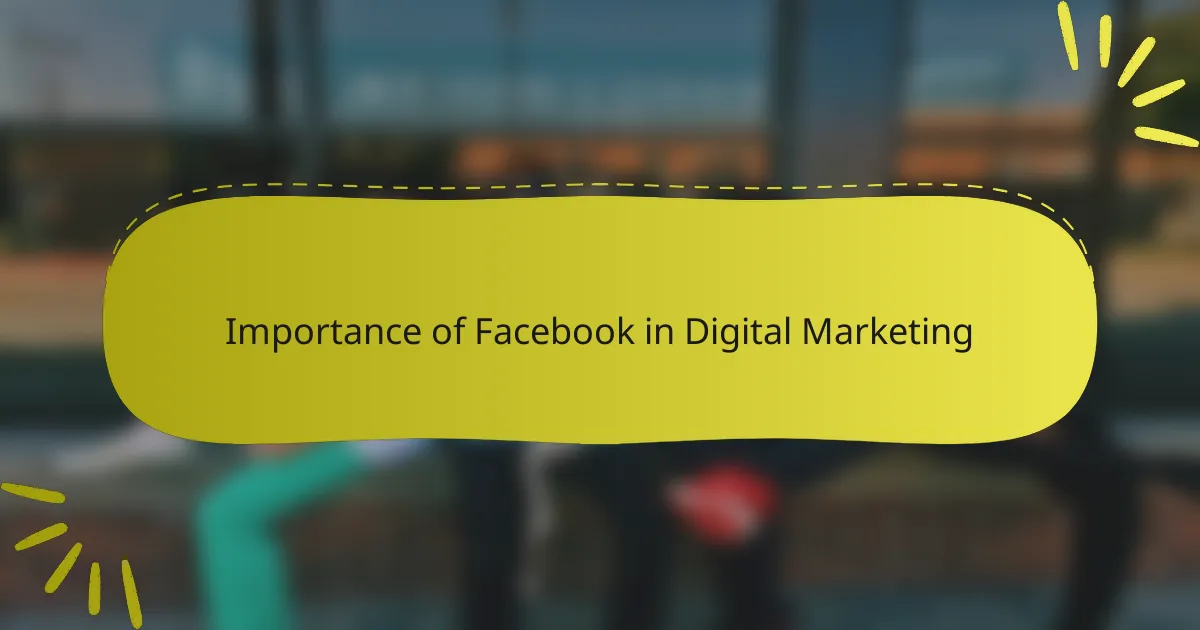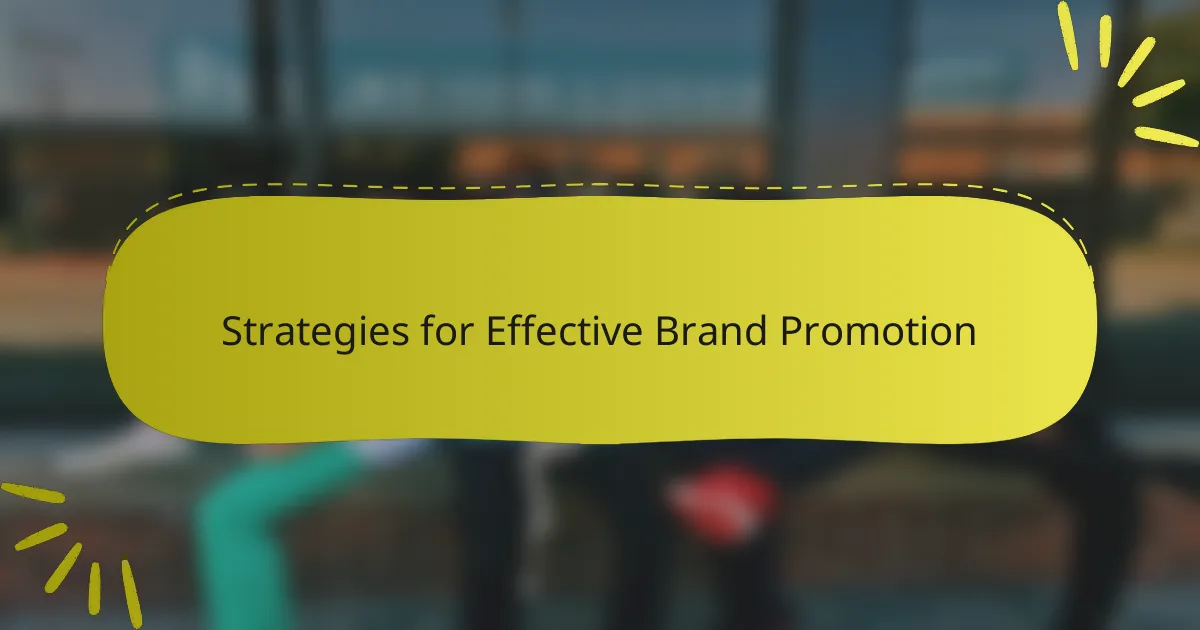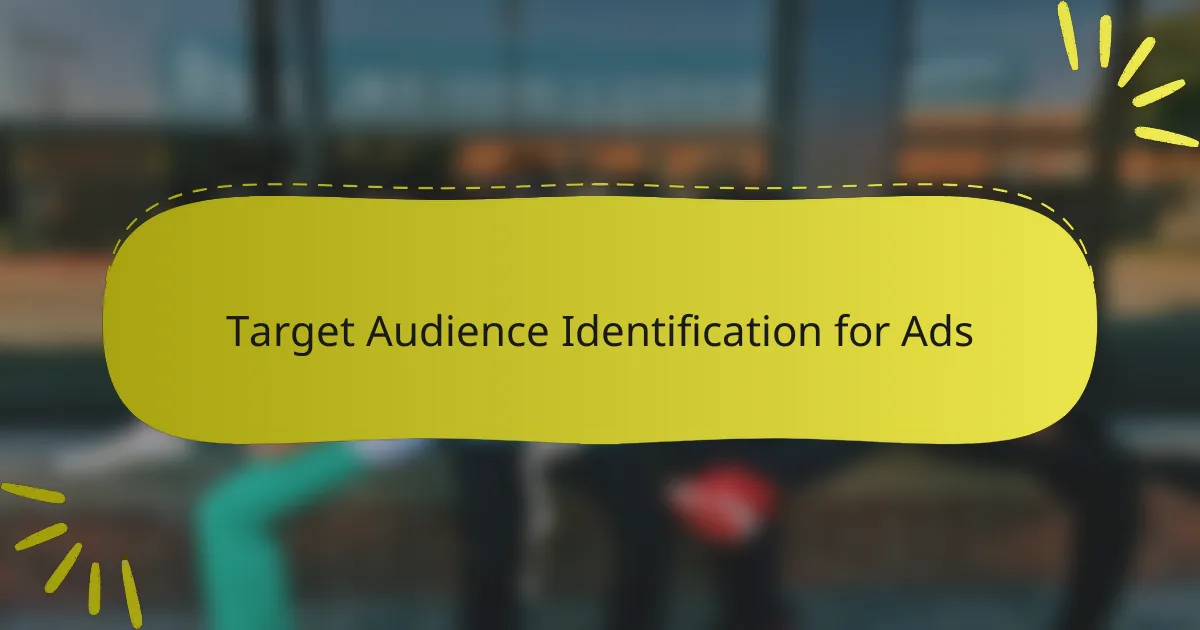Key takeaways
- Facebook Ads enable precise targeting, allowing brands to connect effectively with diverse audiences and maximize engagement.
- Compelling visuals and storytelling are essential for crafting ads that resonate with audiences and create community around a brand.
- Analyzing key performance metrics, such as CTR and conversion rates, is crucial for optimizing ad strategies and improving campaign results.
- Understanding audience demographics and preferences can significantly enhance ad effectiveness and lead to higher engagement and sales.

Introduction to Facebook Ads
Facebook Ads have revolutionized how brands, especially in the fashion industry, connect with their target audiences. From my experience, the platform offers unique tools that allow advertisers to pinpoint their audience with incredible precision. It’s fascinating to see how even a small budget can yield impressive results when you understand the nuances of Facebook advertising.
When I first dipped my toes into Facebook Ads, I was amazed at how straightforward it could be with the right strategy. This platform not only enables brands to showcase their products beautifully, but it also fosters community-building and engagement in a way that feels personal. Here are some key features and benefits of utilizing Facebook Ads:
- Targeted Advertising: Reach specific demographics, interests, and behaviors.
- Visual Appeal: Leverage eye-catching images and videos that reflect your brand’s style.
- Performance Tracking: Analyze real-time metrics to optimize campaigns and gauge success.
- Cost-Effective: Set budgets that align with your marketing goals, making it accessible for various brands.
- Community Engagement: Foster relationships by encouraging interactions through comments and shares.
Engaging with potential customers has become more effective, and I truly enjoy the creative aspect of crafting ads that resonate with the fashion community.

Importance of Facebook in Digital Marketing
The power of Facebook in digital marketing cannot be overstated. With over 2.8 billion active users, it’s a platform where brands can reach diverse audiences and create targeted campaigns that resonate emotionally. I once launched a Facebook ad for a fashion brand that focused on inclusivity, showcasing a variety of body types and styles. The engagement we received was overwhelming, proving how impactful relatable content can be when it strikes a chord with users.
Additionally, Facebook’s robust analytics tools allow marketers to track performance in real time. This means I can adjust my strategies on the fly, optimizing ads to maximize reach and engagement. Here are a few key reasons why Facebook remains a vital tool in digital marketing:
- Extensive Reach: Access to a vast audience that spans various demographics.
- Targeting Options: Ability to narrow down audiences based on interests, behaviors, and location.
- Cost-Effectiveness: Flexible budget options that allow brands to maximize ROI.
- Real-Time Analytics: Instant feedback on ad performance for quick adjustments.
- Strong Community Building: Opportunity to foster deeper relationships with customers through engaging content.

Strategies for Effective Brand Promotion
When it comes to promoting brands via Facebook Ads, I’ve found that understanding your audience is essential. Targeting the right demographics can significantly increase engagement and conversions. For instance, I once ran a campaign for a local clothing brand and fine-tuned the audience to include fashion enthusiasts who also follow popular influencers. The boost in interaction was remarkable.
Another powerful strategy is to use compelling visuals. High-quality images or videos can grab attention and showcase the brand’s personality. I remember creating a short video showcasing a surprise flash sale, and it not only increased traffic to the website but also drove sales up considerably.
Moreover, I advocate for frequent testing of ad formats and messages. Sometimes, a simple tweak in the wording or an alternative image can lead to stellar results. I’ve seen this firsthand when one of my ads transformed from performing poorly to being a top converter just by adjusting the call-to-action.
| Strategy | Description |
|---|---|
| Audience Targeting | Identify and reach your ideal customers based on demographics and interests. |
| Visual Content | Utilize high-quality images and videos to enhance brand appeal. |
| A/B Testing | Experiment with different ad formats and messages to discover what resonates best. |

Target Audience Identification for Ads
Identifying your target audience for Facebook Ads is a crucial step that can make or break your campaign. I remember a time when I was launching an ad for a new clothing line; by using Facebook’s audience insights, I discovered a niche group of eco-conscious consumers who were particularly interested in sustainable fashion. This revelation allowed me to tailor the messaging to resonate deeply, ultimately driving higher engagement rates.
It’s fascinating how understanding demographics—like age, location, and interests—can shape the success of your ad. During my initial campaigns, I often thought I had a good grasp on who my audience was, but the data revealed unexpected insights. For example, I found that a significant portion of my audience consisted of millennials who valued ethical fashion. By shifting my focus to cater to their preferences, the results were inspiring.
Sometimes, I like to think of audience identification as a treasure map. When you pinpoint the right markers—such as interests in fashion trends, lifestyle choices, or brand loyalty—you uncover valuable connections. When I adapted my messaging to highlight community and sustainability, the response was incredibly positive. It’s all about aligning the ad with what your audience genuinely cares about. What could be more rewarding than that?

Crafting Compelling Ad Content
Crafting compelling ad content is crucial in capturing the attention of your audience. I’ve found that storytelling often resonates deeply, conveying the essence of a brand in a way that plain text cannot. I remember launching a campaign for a fashion brand where we shared the story behind their sustainable materials. It not only increased engagement but created a community around the brand’s values.
To ensure your Facebook ads stand out, consider the following key points:
- Use high-quality images or videos that showcase your products effectively.
- Incorporate captivating headlines that invite curiosity and engagement.
- Highlight unique selling points, such as sustainability, craftsmanship, or exclusivity.
- Keep copy concise but informative, focusing on benefits rather than features.
- Create a sense of urgency or exclusivity to encourage immediate action.
- Leverage testimonials or user-generated content for authenticity and relatability.
These elements have consistently helped me create ads that not only attract clicks but also foster genuine connections with the audience.

Analyzing Ad Performance Metrics
When analyzing ad performance metrics on Facebook, I find it essential to look beyond simple clicks. Metrics like click-through rate (CTR) and cost per click (CPC) can tell you how engaging your ad is and how much you’re spending to get that engagement. For example, I once ran a campaign where a high CTR didn’t equate to sales, highlighting the need to evaluate conversion rates as well.
Moreover, understanding audience demographics and engagement rates can refine your targeting strategy. I remember adjusting my approach after noticing that a specific age group engaged more, leading to improved results in subsequent campaigns. Knowing what works for your audience can turn a mediocre ad into a standout campaign.
| Metric | Description |
|---|---|
| Click-Through Rate (CTR) | The percentage of users who clicked your ad after seeing it. |
| Cost Per Click (CPC) | The amount you pay for each click on your ad. |
| Conversion Rate | The percentage of clicks that resulted in a desirable action, like a purchase. |
| Engagement Rate | The level of interaction users have with your ad, including likes, shares, and comments. |